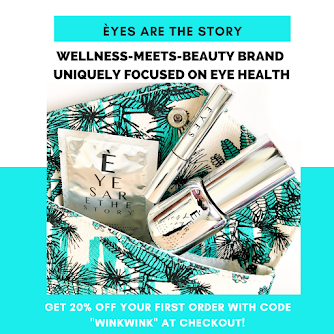Prescribing Glasses for Migraines and Recurrent Headaches
11:25 PMDeep, boring pain behind your eyes. Throbbing, pulsating pain in your temples. Vision changes, zig zags, flashing lights, or tunnel vision. Nothing seems to help except lying down or just closing your eyes. For the 13% of Americans living with chronic headaches and recurrent migraines, these symptoms are all too familiar. In fact, those diagnosed with chronic migraines spend 15 or more days each month with a migraine headache, and each episode could last 72 hours or more at a time (a condition known as status migrainosus). Photophobia or light sensitivity is one of the most common vision complaints of someone living with migraines, so seeking help from an optometrist can be a great resource for finding relief. There are numerous eyewear tints, coatings, and lens designs that could be a major source of comfort, and even a low powered prescription could greatly reduce eyestrain or tired eyes that could be a trigger for a migraine event.
 |
| via |
 |
| Check out this great article by Dr. Ryan Corte for more information about Eyezen and anti-fatigue technology via |
 |
| Crizal Prevencia is a clear anti-reflective coating that blocks blue light. Under certain lighting you can see the bluish reflection of light being blocked reflecting off the surface. via |
 |
| Dr. L in Transitions XTRActive Lenses |
Tinted Lenses: Yellow lenses block all blue light, not just high energy blue wavelength light so there are some pros and cons. More popular for migraines is the FL-41 tint (a rose hued tint) that is designed to block the flicker effect of short wavelength fluorescent lighting. Research showed that migraine sufferers wearing FL-41 eyewear experienced a "decrease in photophobia and glare in between attacks, but no change in the light sensitivity associated with the migraine attack."
 |
| Theraspecs are a full time rose tint lens made to reduce the appearance of fluorsecent light flicker. You can also get rose tinted lenses made in any frame of your choosing at any prescription optical or doctor's office. |
 |
| Prescription lenses can be custom tinted to practically any hue or tint percentage depending on how dark or light you want the tint. via |


















2 comments
Glasses you mention look like an amazing solution for migraines especially the anti-fatigue glass. I have to work 7-8 hours in front of the computer, I think that's the solution to reduce my migraine pain. Also, I take some natural therapies like living in a dark and quiet room, putting a cold airbag on the forehead, drink ginger tea, practicing Yoga and meditation can help to reduce migraines.
ReplyDeleteGlasses that you mentioned look like an interesting solution especially the Crizal Prevencia. Where I work, at a certain large retail outfit, they upgraded the lighting to led, and the migraines came shortly after. I had never had a migraine or even a regular headache before. Even watching my 4K led hdtv has triggered a migraine before. :(
ReplyDelete